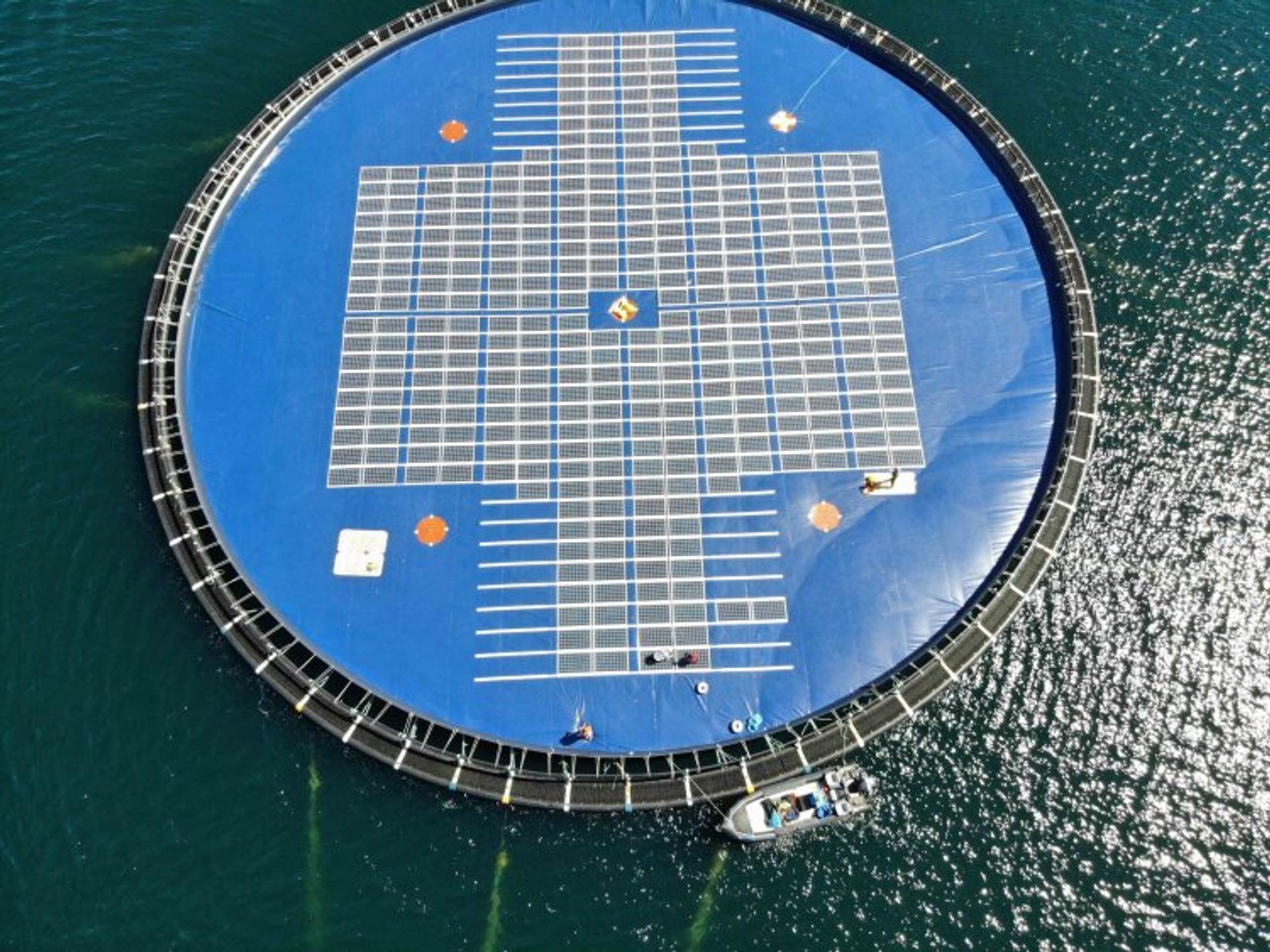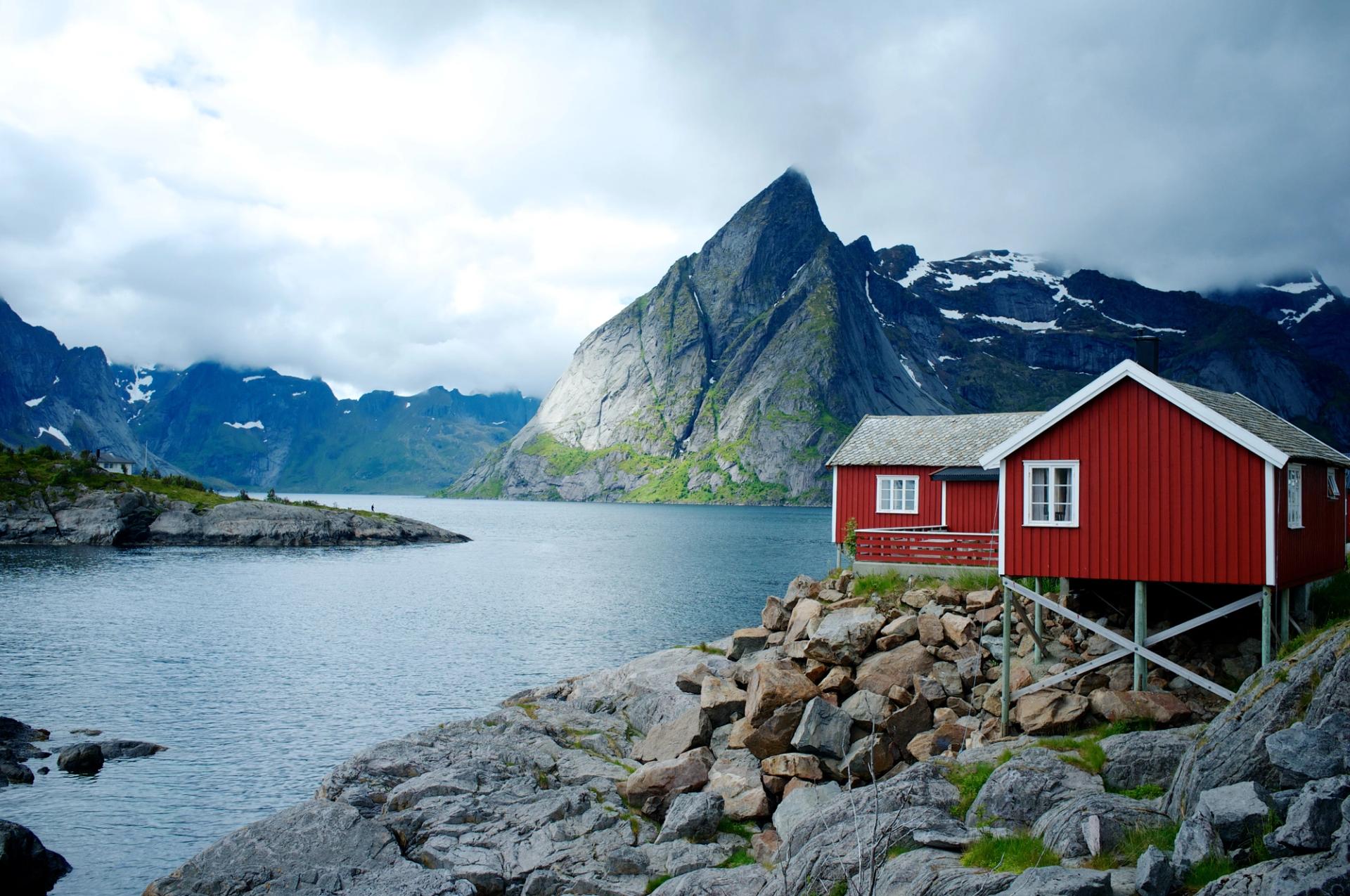

Vast Norwegian expertise perfect for floating solar
Published 17 Oct 2023 (updated 29 Oct 2025) · 4 min read
Floating solar is on the rise.
With Norway’s extensive experience and history from the maritime, offshore and energy industries, the country is well equipped to lead technological developments in this growing segment.
The world’s demand for electricity is set to double by 2050. At the same time, the share of fossil fuels in the energy mix must be reduced.
And solar is on the fast track. In 2022, the world installed 239 GW of new solar, finally surpassing the TW-level. That’s a whopping 45 per cent more solar power capacity than the year before.
Strong growth in solar power
And the strong growth continues apace. The positive market developments in the first months of 2023 indicate yet another boom year for solar, which is expected to add 341 GW of newly-added power to the grid by the end of the year – equivalent to 43 per cent growth. A fresh report by Multiconsult shows that the Norwegian target of a total of 8 TWh of solar by 2030 is achievable and can be well integrated into the grid.
Norway is particularly well-positioned to produce solar power on water surfaces in both offshore and inland environments. Floating solar is a relatively new technology, and as of today a niche technology in solar power generation.
“At present, solar energy only covers a small share of demand. There is enormous potential here, and it is important to me that Norway participates in this growth,” says Trine Kopstad Berentsen.
She is CEO of the Norwegian Solar Energy Cluster, an organisation working to promote the solar energy industry around the world.
“I’m sure you’ve seen solar panels on roofs. Similarly, floating solar is basically arrays of panels that have been placed on structures that float on water,” explains Berentsen.

“Floating solar is an environmentally friendly way of giving more people access to electricity. It also frees up large land areas that can be used to cultivate food, for example.”
Trine Kopstad Berentsen
CEO, Norwegian Solar Energy Cluster
Norwegians know how to handle tough conditions
Although solar is considered the energy source of the future because it is clean and almost inexhaustible, solar parks require vast amounts of land. This makes it difficult to build solar power plants near cities, where there is often a lack of space.
The solution may be to generate solar energy on the water along the coastline or on reservoirs.
“Floating solar is an environmentally friendly way of giving more people access to electricity. It also frees up large land areas that can be used to cultivate food, for example,” says Berentsen.
“It is smart of us to use the surface of the sea,” she points out. “Half of the earth’s population lives in proximity to the coast, and three-quarters of the world’s major cities are situated by the sea. This can provide a short path from production to consumption. In time using the water may become a more economically viable solution than buying costly land.”
Floating solar a good niche for Norway
The market for floating solar is growing. According to Berentsen, Norwegian companies are experiencing great demand for their technology internationally.
One of the challenges of floating solar is to determine the best site and how the installation should be constructed, moored and anchored based on detailed site-specific data. The Norwegian company Glint Solar helps to solve this challenge by providing analysis tools for quick, comprehensive analyses of prospective floating solar sites.
“Another challenge with floating solar is that it is produced on the water, so it is exposed to waves, saltwater and rough weather. That is precisely why it is a good niche for Norway,” says Berentsen.
“Because if there is something that Norwegians can do, it is to handle tough conditions,” she points out. “Norwegian industrial partners can use the expertise and technology they have developed in the offshore, aquaculture and energy industries.”

Focus on the global market
In Norway, the electricity produced by floating solar can be transmitted to nearby towns and cities, electric ferries and commercial buildings, or can be sent directly to an energy supplier that sells it on to other consumers.
Elsewhere in the world, Norwegian energy companies that build hydropower plants can also double the benefits by using the reservoirs to produce power with floating solar. These companies have the added advantage of the transmission infrastructure already being in place.
Ocean Sun is one of the Norwegian players specialising in floating solar. The company has developed a patented new technology inspired by the aquaculture industry.Statkraft, in collaboration with Ocean Sun, has installed three additional floating solar units at Banja reservoir in Albania, bringing the floating solar plant’s total capacity to 2MWp.
The market for floating solar is first and foremost international.
“The potential for growth is greatest outside of Norway. Asia in particular is a large market for floating solar today, and several large solar parks have already been built on the water there,” says Berentsen.
Norway is a small country. That is why it is crucial for its industry players to collaborate with one another, Berentsen emphasises. This is also the main objective of the Norwegian Solar Energy Cluster.
“We need to present a united front to the world, so that we can take a larger share of the global market,” she concludes.
